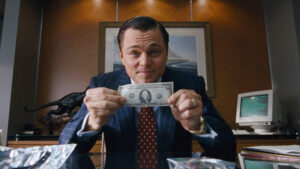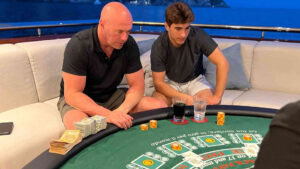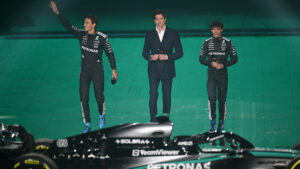The ability to “sell ice to Eskimos” has long been the benchmark for elite sales acumen. But as it now turns out: selling canned water to the Western world is now the new standard.
As the much-hyped Liquid Death made its jump from select 7-Eleven stores to over 900 Woolworths locations in 2024, we began to ask ourselves: how?
How, indeed, did an upstart operation with ostensibly nothing more than tongue-in-cheek branding, internet buzz, and sustainability slant crack a crowded market reportedly worth up to US$350 billion?
Let’s be perfectly honest… a lot of luck. There’s no telling how far this would’ve gotten in any other period of history; even one that was only slightly less environmentally-conscious, health-conscious, and amenable to sobriety.
But we’d be remiss to dismiss how these 500ml tallboys anticipated a simple need, beyond hydration, that plagues the majority of our society – keeping up appearances.
Straight-Edge, Straight Off The Bat
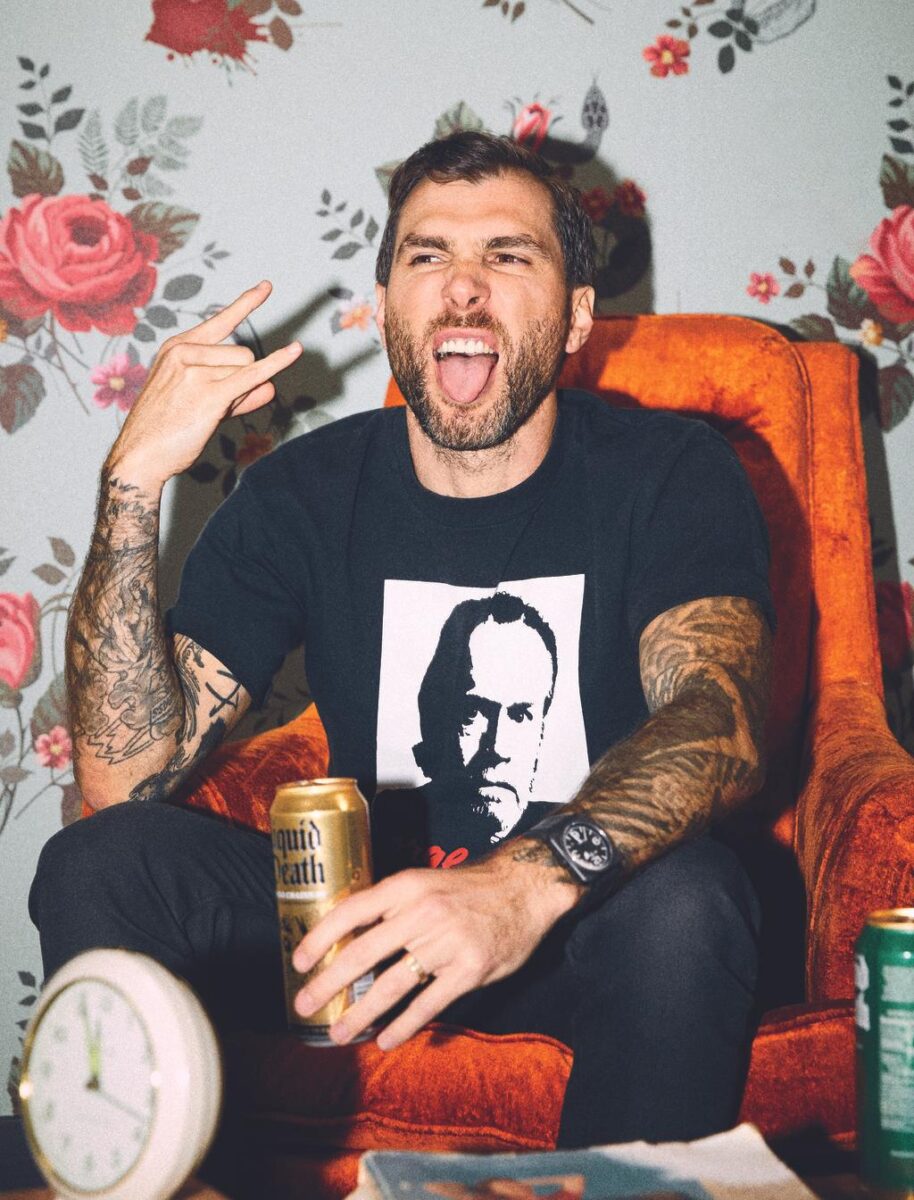
While Liquid Death was officially founded in 2017 by graphic designer Mike Cessario, its origins hark back to 2009 during the Vans Warped Tour.
Cessario, who was and continues to be a rock fan, noticed musicians were obligated to drink out of Monster cans during their sets in order to conform with event sponsorship. Only the energy drink had been replaced by plain old water.
This wasn’t exactly a groundbreaking manoeuvre, either. From Formula 1 pilots to UFC fighters, athletes have long been making use of “podium waters” – cans of H20 showcasing the necessary branding in line with whatever partnerships were at play.
The concept simply hadn’t been introduced to your everyday consumer.

“It started making me think about: why aren’t there more healthy products that still have funny, cool, irreverent branding? Because most of the funniest, most memorable, irreverent branding marketing is all for junk food,” Mike Cessario told CNBC.
Elsewhere, he explained: “We wanted to give people permission to participate in this cool rock-and-roll brand without needing to consume something gross.”
Fast forward to 2014, he found himself toiling away at a public service ad campaign about the health risks of energy drinks. That’s when Cessario had the idea of “canned water that was, sort of, just geared as a stunt to poke fun at energy drinks.”
Ultimately, the pitch was shot down by the client. Though that didn’t stop him from working on it during his spare time. Another two years later, he and his three partners – J.R. Riggins, bartender Pat Cook, artist Will Carsola – would land on the success-defining name.
What’s In A Name?

Extensive scientific thought has been dedicated to studying nominative determinism – the idea that a name alone can impact what kind of profession you gravitate to and even elements of your character.
If you name your kid Chad? You’ll get a Chad. If you name your kid Humphrey? You’ll get a Humphrey.
And if you name your canned water Liquid Death – the “dumbest name possible,” according to Mike Cessario himself, who had also considered “Southern Thunder” – you’ll be rewarded with an instantly unique brand identity that’s practically done all the heavy lifting.
“The only way the brand would have a chance at survival is the actual product itself has to be so insanely interesting, where so much of the marketing is baked into the product,” said Cessario.
“You kind of have to trick your brain to come up with a bad idea to truly be thinking in innovative territory. It works really well because you start thinking, like, ‘Oh, what’s the dumbest possible name for a super healthy, safest beverage possible?’”
Paired with a heavy metal aesthetic and the slogan “Murder Your Thirst”, which contrasts sharply with the hilariously inoffensive and inherently bland nature of drinking water; and this shaped up to be the ultimate marketing gag.
He continued: “If someone I knew saw that in a store, I’m pretty sure they’re going to have to pick that up and be like, ‘What is this?’ And once someone picks something up, you’ve basically won.”
All Publicity Trumps Silence
For most brands, a Greek chorus of mockery, widespread scepticism, and generally less-than-supportive chatter would mark an absolute nightmare of a product launch.
Mike Cessario, on the other hand, understood such a reception for the true commodity that it was in 2017. And within the mounds of figurative cow pats being hurled Liquid Death’s way, there were kernels of interest that proved the idea’s commercial viability.
“When I was working with these huge corporate brands, they would do all kinds of testing and focus groups, but I never felt like those were really accurate,” he told Eater.
“Seeing how people in the market are actually reacting to it on social media is a much better barometer for figuring out whether or not we had an idea that would actually work.”
In addition to 3D renderings of cans that didn’t exist at that stage, Cessario forked out US$1,500 to shoot a two-minute commercial starring his wife’s actress friend (see: above), plus another couple thousand from his personal savings to promote it.
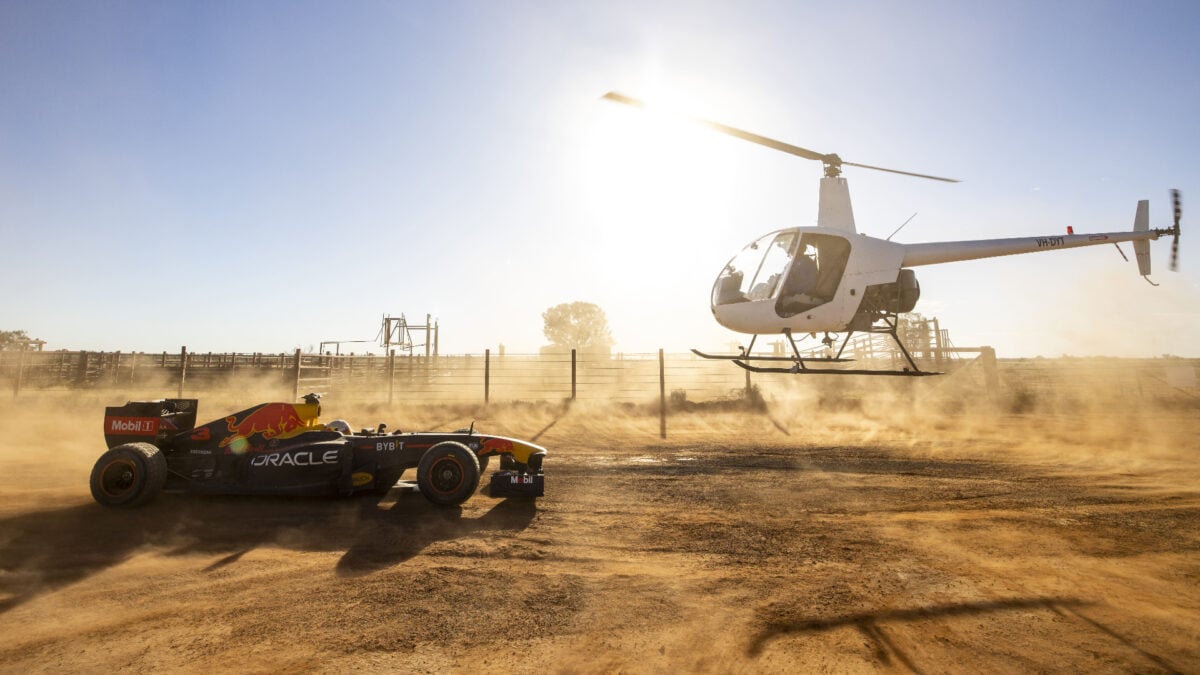
Over the course of a few months, in defiance of the “gimmick” accusations, the ad racked up over three million views and earned them over 100,000 Facebook followers; more than the PepsiCo-owned Aquafina at the time.
“Red Bull is a gimmick. All it is is soda. It’s the same thing that’s been around forever, but they created this brand around action sports,” said Cessario.
“What does riding a dirt bike have to do with an energy drink? These guys are professional athletes, they don’t even drink that stuff. But they do drink water.”
In 2019, after partnering with an Austrian supplier they found on Google to produce a real-life product, Liquid Death secured US$1.6 million in seed funding from a raise led by Science Inc. That same month, they started selling cans.
The New Counterculture
Gone were the days of being pigeonholed as the “Ed Hardy of water.” At a time when disregard for one’s own health and corporate “greenwashing” are subjects of scrutiny, Liquid Death represents the new cool. Or, to put it another way, a declaration you can consume of honourable rebellion.
It also helped that aside from a commitment to the environment – i.e. “death to plastics,” “infinity recyclable” cans, carbon-efficient ocean freight transportation – the company didn’t take itself too seriously.
Any schmuck with a bit of spare cash and throw together a memorable Super Bowl ad; or an innuendo-rich promo featuring veteran adult film star Cherie DeVille entitled Don’t F**k The Planet! (see: above). Which, to their credit, they’ve pulled off spectacularly.
But producing a full-length punk album, each track inspired by hateful comments against the brand, with the likes of Alkaline Trio, Anti-howFlag, and Rise Against… that doesn’t just take genius. That takes a bulletproof sense of humour about yourself.
Remarkably, despite all the money that’s now at stake, Liquid Death has managed to stay faithful to its otherwise niche core demographic of straight-edge hardcore folks; having notably sold limited-edition skateboards painted with the GOAT Tony Hawk’s actual blood (for charitable purposes, of course).
Mike Cessario explained to CNBC: “It’s really hard to replicate the marketing. Really hard. People think it’s easy, and you’ll see people come out trying to do it and fall completely flat on their face.”
“We know that certain folks aren’t going to take a whole lot of convincing. They’re just going to see the can, think it’s awesome, and pick it up,” he noted elsewhere.
“Once you build that core audience, you’re giving people who aren’t part of that culture, like a soccer mom for example, permission to participate in this cool, rock-and-roll brand.”
In Numbers
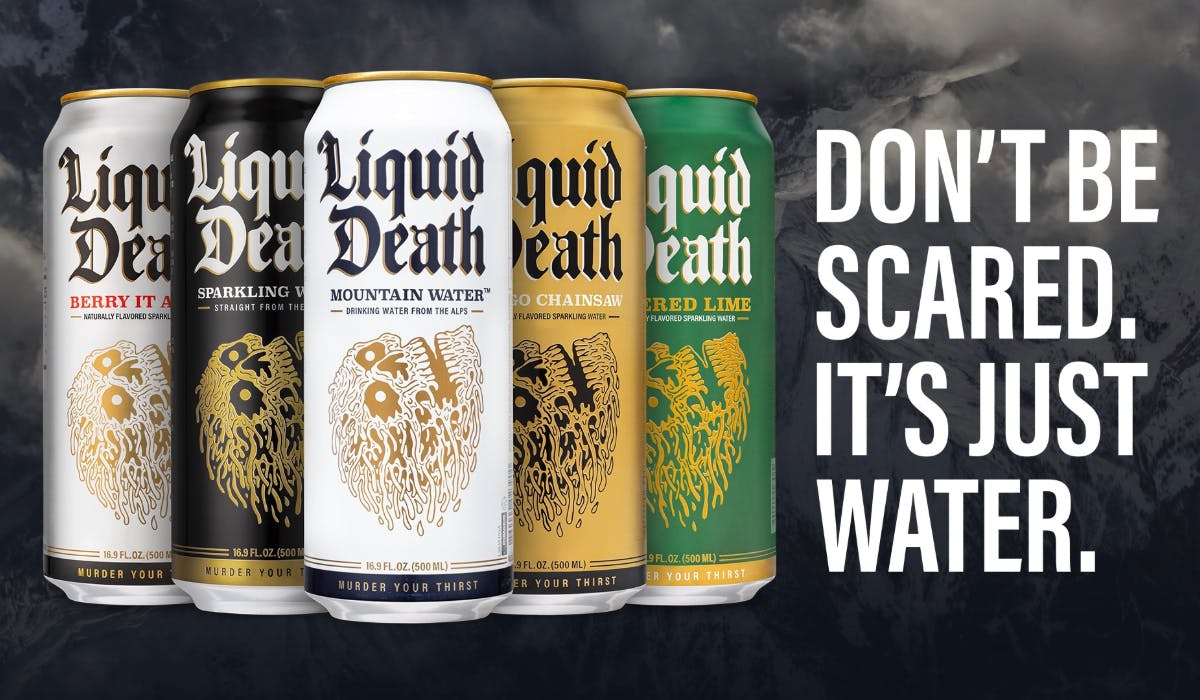
What began as a punchline backed by a US$1,500 production budget has flourished beyond belief, and expanded to a core offering of 14 flavours (all-natural, low-calorie, some caffeinated, some carbonated).
Roughly a year after their first sales, Liquid Death secured US$9 million in Series A funding; and US$23 million in Series B funding a few months later.
The great American conquest was facilitated by a presence in 7-Eleven, Publix, Sprouts, and Whole Foods – the latter of which was where it became the “fastest-selling water brand” of 2020.
Alongside an exclusivity deal with Live Nation, annual revenue effectively snowballed:
- 2020 – US$10 million
- 2021 – US$45 million
- 2022 – US$110 million
- 2023 – US$263 million
Similarly, Liquid Death’s valuation has only multiplied year on year. The company opened 2022 by being assigned a US$525 million price tag; ended it with a revised figure of US$700 million after a US$70 million raise by Science Inc; and in present day, boasts a total worth of US$1.4 billion.
That’s the power of sticking to your story.
Related:
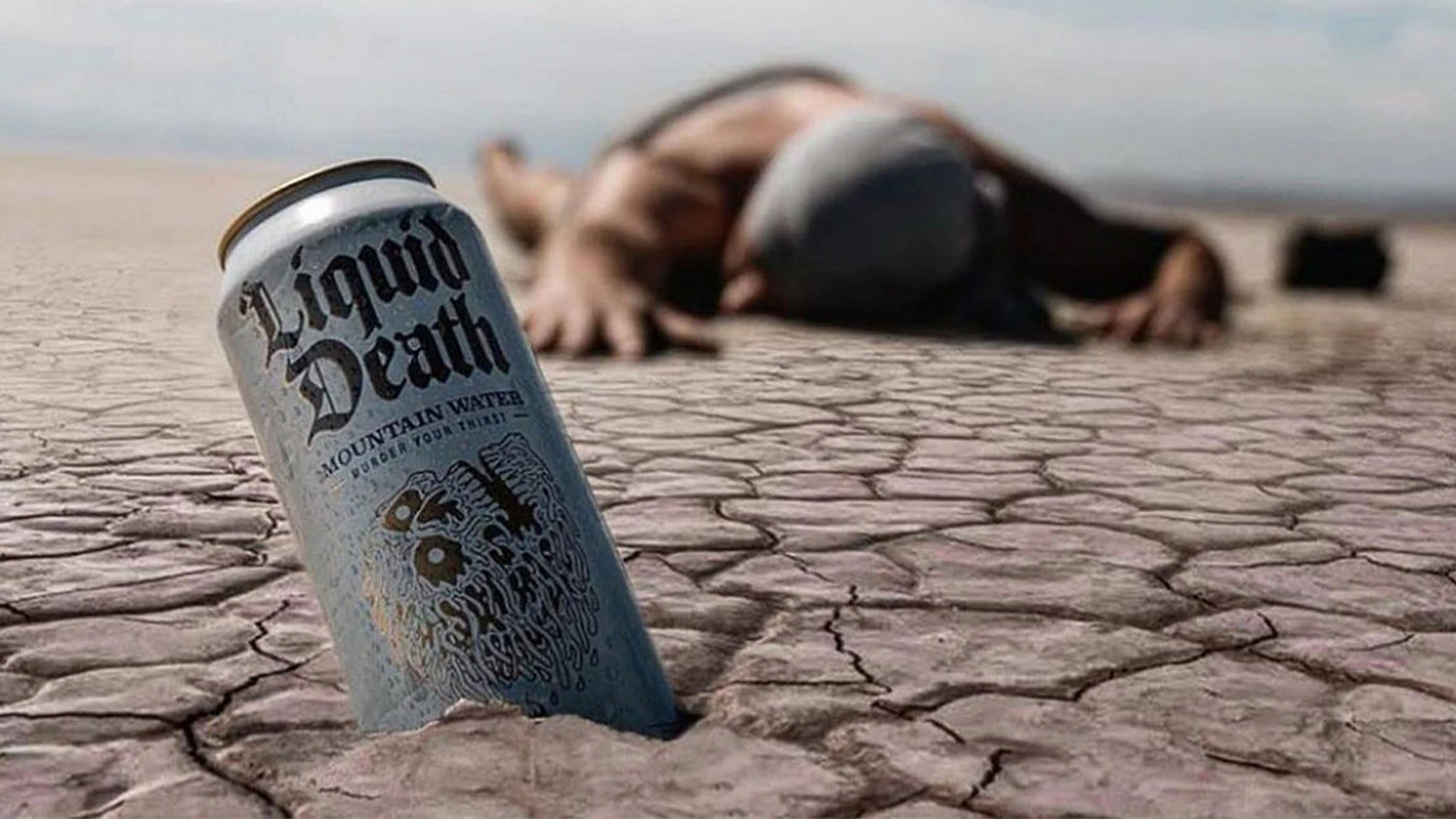

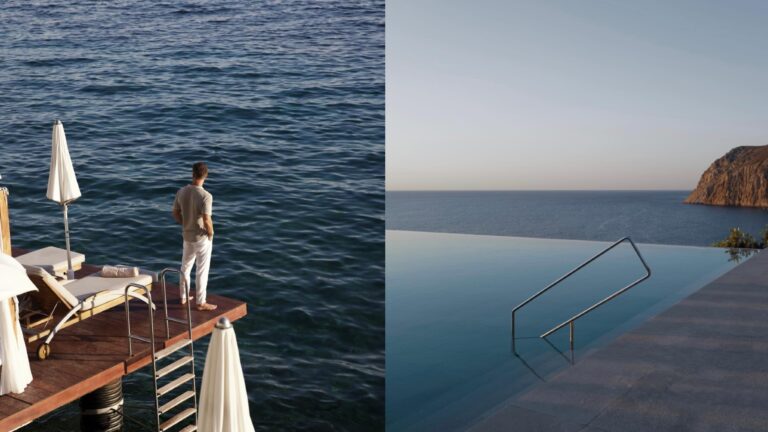
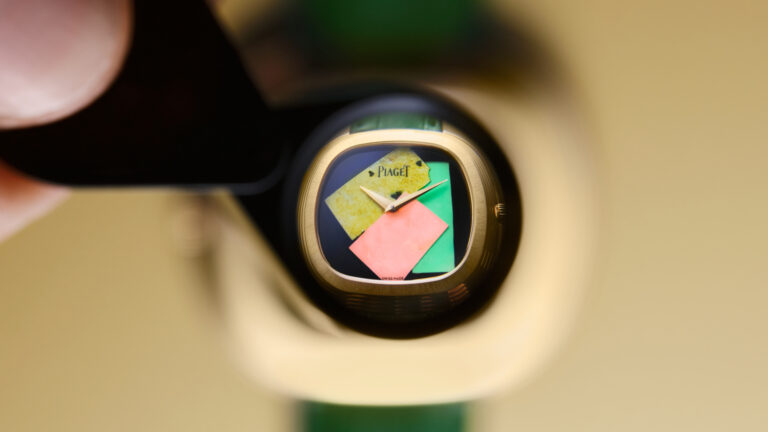

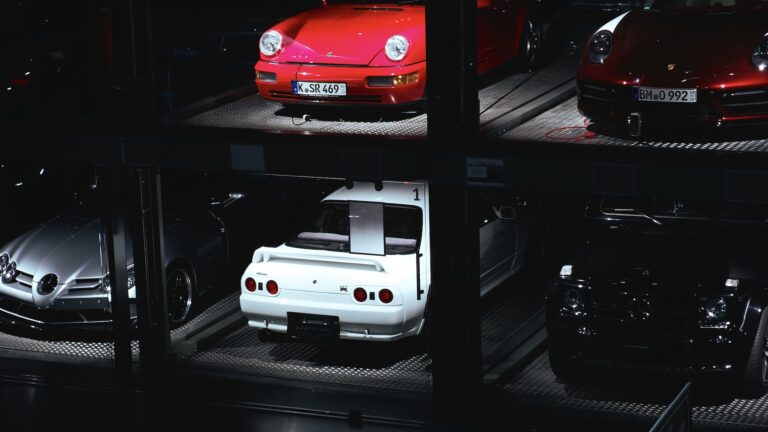
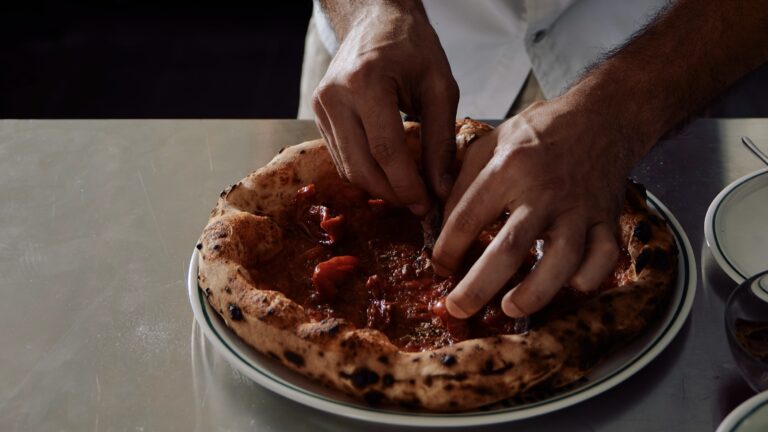
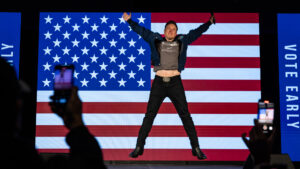
![Are You Still Watching Soon You Won't Have A Choice [Netflix x Warner Bros]](https://www.bosshunting.com.au/wp-content/uploads/2025/12/Are-You-Still-Watching-Soon-You-Wont-Have-A-Choice-Netflix-x-Warner-Bros-300x169.jpg)
![This Ex-Ballerina Just Became The Youngest Self-Made Female Billionaire [Kalshi Luana Lopes Lara Net Worth]](https://www.bosshunting.com.au/wp-content/uploads/2025/12/This-Ex-Ballerina-Just-Became-The-Youngest-Self-Made-Female-Billionaire-300x169.jpg)



